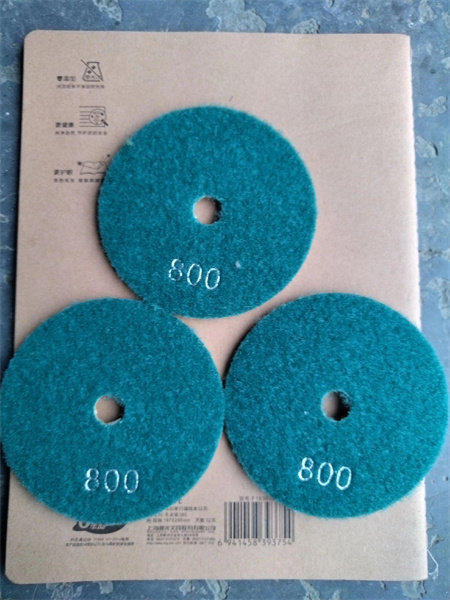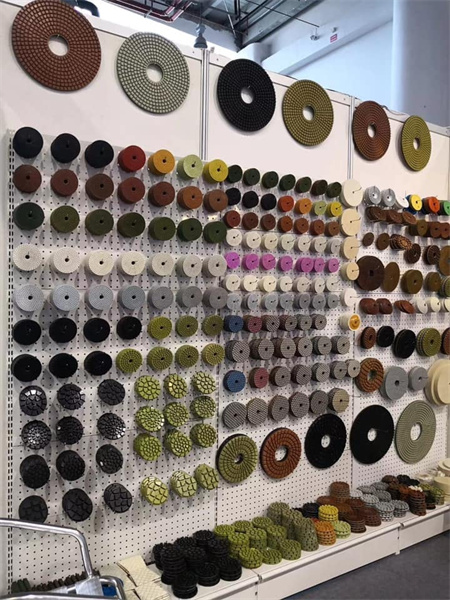When it comes to polishing granite surfaces, selecting the right diamond polishing pad can make all the difference. The variety of pads available in the market might leave you feeling overwhelmed, but understanding the key factors can help you make an informed decision. Whether you’re working on a large project or a small countertop, the right pad ensures a smooth, high-quality finish that showcases granite’s natural beauty.
Granite is known for its durability and hardness, which is why it requires specialized tools to achieve the best results. Diamond polishing pads are designed specifically for these tough surfaces, and they come in a range of grits, from coarse to fine. The grit level you choose determines the kind of finish you’ll achieve, so selecting the right one is crucial. For heavy grinding and rough surface restoration, a coarse grit pad is ideal. As you move towards finer grits, the pad helps to refine the surface, gradually creating a polished, glossy finish.

Understanding the type of granite you’re working with is another essential factor. Different types of granite can have different hardness levels, which may require specific pads. Some pads are better suited for softer granite, while others are designed to handle the toughness of harder varieties. It’s always a good idea to test a small area before committing to a full polish, ensuring the pad works effectively without causing damage.
Another important consideration is the flexibility of the pad. A flexible pad adapts better to the contours of the surface, providing an even polish across curves and edges. This is particularly important for projects where the granite isn’t flat, such as countertops with rounded corners. Ensure you pick a pad that can bend and conform to these surfaces, giving you a more uniform and professional result.


